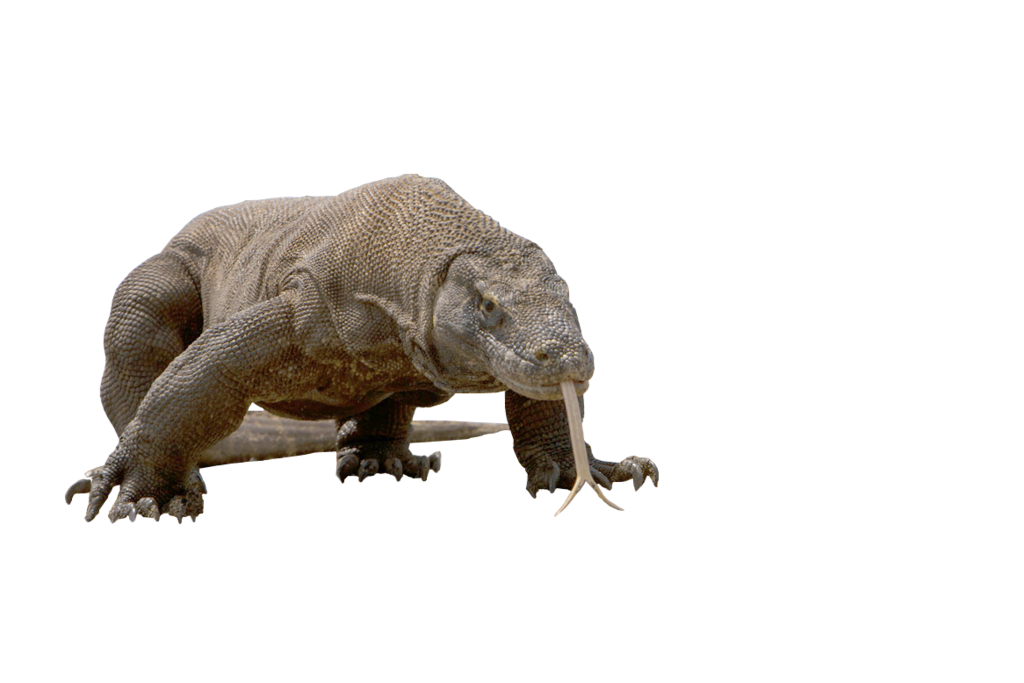
Females can exhibit asexual reproduction and unfertilised eggs can hatch.Īn average of 22 eggs are laid and buried. If the female exhibits interest, she licks him back. They have courtship rituals which include males rubbing their chin on the female’s head, scratching her back, and licking her body. Komodo dragons are polygynandrous (males and females will both have several mates). The position and eating order is determined by the dominance of the individual.

They don’t defend their territories, and may come together to feed on a large kill. The Komodo dragon is mostly a solitary animal, but home ranges of several dragons may overlap. The animal then succumbs to either blood loss and infection. Most of their diet consists of carrion, but they may attack large prey by ambushing them and delivering a venemous bite. They are carnivores (meat eaters) and will eat goats, pigs, deer, wild boar, horses, water buffalo, and smaller Komodo dragons. The three islands where the Komodo dragon lives are all volcanic. They inhabit inhabit monsoon and savannah forests. Komodo dragons prefer open lowland areas with tall grasses and bushes. Komodo dragons are a greyish-brown colour all over. Their bodies are uniformly covered in rough scales. They have a long, flat head with a rounded snout, and sharp, serrated teeth.

The Komodo dragon is the largest lizard in the world, with a heavy-set body, stocky, bowed legs, and a long, muscular tail.

Komodo dragons are endemic to the island of Komodo in Indonesia, and also on the neighbouring islands of Rinca and Flores.


 0 kommentar(er)
0 kommentar(er)
